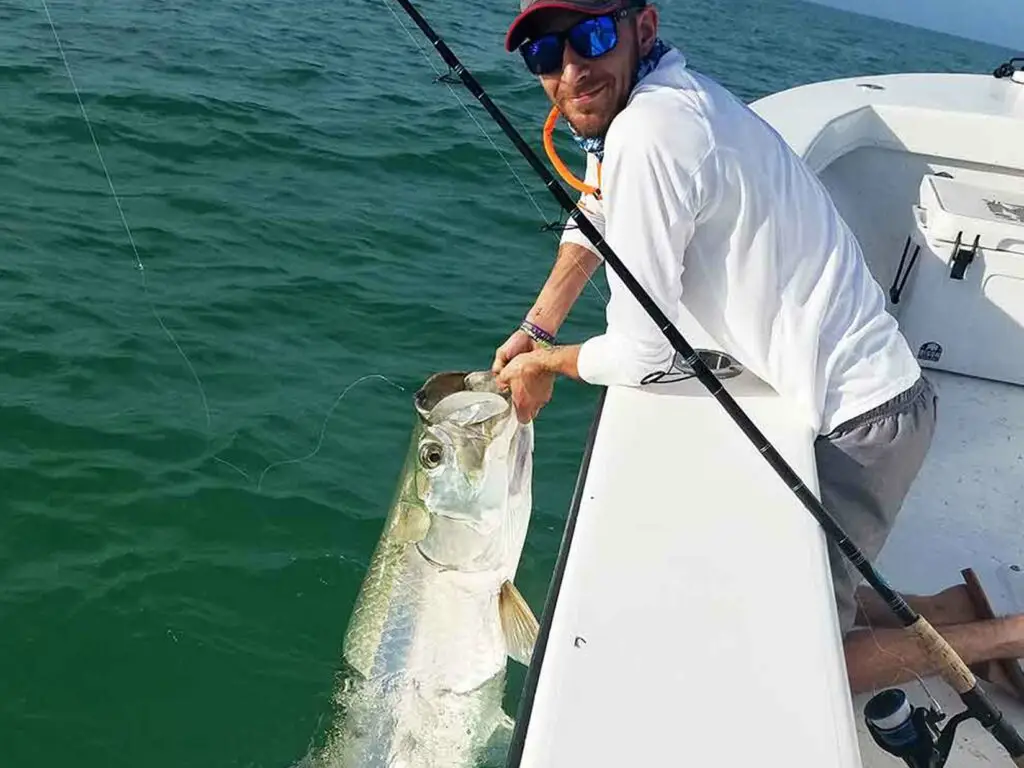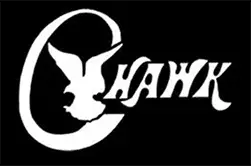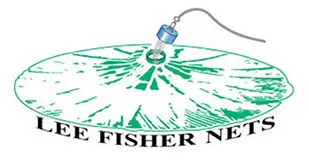The tarpon have arrived in full force this season. This annual phenomenon occurred about 2 weeks earlier than last year, which is a significant difference. The reasons for this are possibly not understood even by scientists. Every fisherman adheres to certain theories, and I have my own. I believe that the same fish arrive at the same stretch of beaches every year, with some changing and mixing with other areas and groups. Tarpon are a long-lived species, so behavioral patterns can be well established over time. The fish have moved into just about every stretch of beach along the west coast of Florida. Along the beach for the next month the fish will be in larger schools, often circling each other in a pre-spawn ritual that is largely to this day not understood. It was thought for decades that the fish were in fact spawning at this time, but more recently research has shown that spawning activity occurs well offshore. The tarpon travels such great distances both to migrate to their chosen pre spawning grounds, and then again 100 miles offshore only to return again for the remainder of the summer.
Catching Tarpon
All this travel and spawning activity makes the tarpon compelled to feed during these months. That does not mean they are always eating. Most of the fish will gladly spend the day following their group around and circling in a daisy-chain pattern. At key times however, they will put the feed bag on. Knowing when those times are can be challenging for the best anglers. Best bets are stronger tidal flows nearest the big moon phases as the tarpon gather to feed on floating crabs. I have written alot about the many techniques used to catch tarpon, but none is as effective and easy as drifting on the tide with a small live crab for bait. When the fish are really ready to eat, they pick the crabs out with astonishing accuracy. We get about 6 weeks of the fish roaming the beaches in large schools before the spawn. After that the schools break up and the fish feed in different patterns. We can discuss how that all works in about a month. Until then, enjoy the thousands of fish that call our area home for the summer.
Capt. Kyle




